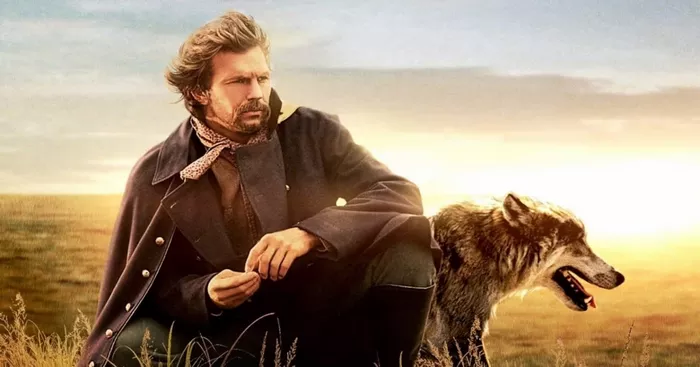Exploring the Historical Roots of a Beloved Cinematic Epic
“Dances With Wolves,” the 1990 epic directed by and starring Kevin Costner, is widely regarded as a masterpiece of American cinema. Set during the Civil War era, the film tells the story of John Dunbar, a Union soldier who befriends the Lakota Sioux and becomes immersed in their culture. It’s a tale of friendship, cultural exchange, and the clash between two worlds. But is “Dances With Wolves” based on a true story? While the film isn’t a strict historical account, it is deeply rooted in history, real people, and the culture of the time.
Historical Context: The Civil War and Beyond
“Dances With Wolves” is not a true story in the traditional sense; rather, it is a work of historical fiction. The events and characters portrayed in the film are products of the creative imagination of its screenwriter, Michael Blake. However, the film is firmly grounded in the historical context of the American Civil War and the post-war expansion westward.
The film’s protagonist, John Dunbar, is a fictional character, but he represents the countless soldiers and settlers who ventured into the untamed frontier during this tumultuous period in American history. The movie captures the essence of the era, highlighting the stark contrast between the encroaching American settlers and the Native American tribes who had long inhabited the land.
Chief Ten Bears: Fictionalized Realism
One of the film’s most memorable characters is Chief Ten Bears, the wise and honorable leader of the Lakota Sioux. While Chief Ten Bears is a fictional character, he draws inspiration from real historical figures. There were Native American chiefs who exhibited qualities similar to those portrayed in the film. The character serves as a representation of the leadership and wisdom found within Indigenous communities.
Attention to Detail: Honoring Lakota Culture
One of the hallmarks of “Dances With Wolves” is its meticulous attention to detail. The filmmakers invested considerable effort in researching and accurately depicting the culture, traditions, costumes, props, and dialogue of the Lakota Nation. This commitment to authenticity garnered praise from Indigenous American communities and cultural experts.
The film’s portrayal of Lakota life, from buffalo hunts to traditional dances, reflects a sincere dedication to honoring and preserving Native American heritage. It serves as a testament to the importance of respectful and accurate representation in cinema.
The Real John Dunbar: Unintended Parallels
While John Dunbar is a fictional character, there is an intriguing real-life connection that adds an unexpected layer of depth to the story. The author of the novel on which the film is based, Michael Blake, used the name “John Dunbar” without knowing that a real person by that name existed during the same historical period. This serendipitous overlap between fiction and reality underscores the film’s ability to capture the essence of the era.
In conclusion, “Dances With Wolves” is not based on a true story in the conventional sense, but it is firmly rooted in historical events, people, and cultures. The film serves as a window into a pivotal period in American history and offers a respectful and authentic portrayal of the Lakota Sioux. While its characters may be fictional, the spirit of the film remains true to the complexities and clashes of cultures that defined the American frontier during the Civil War era and beyond.

